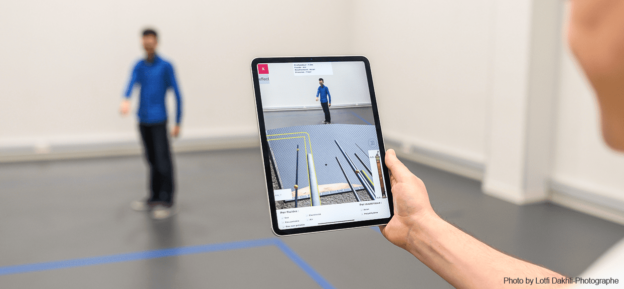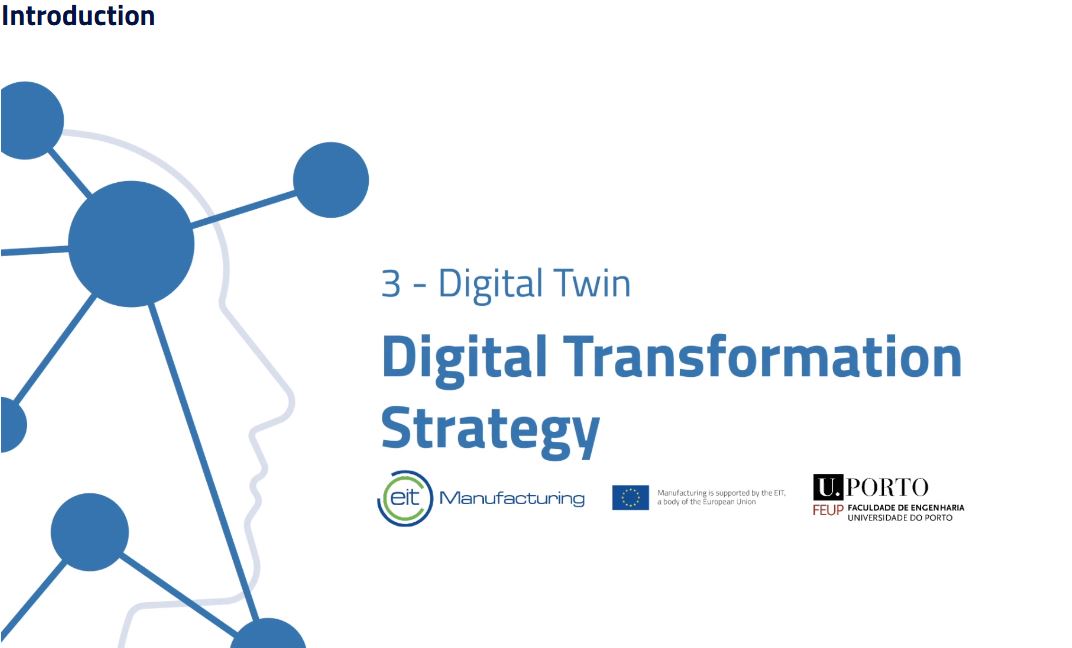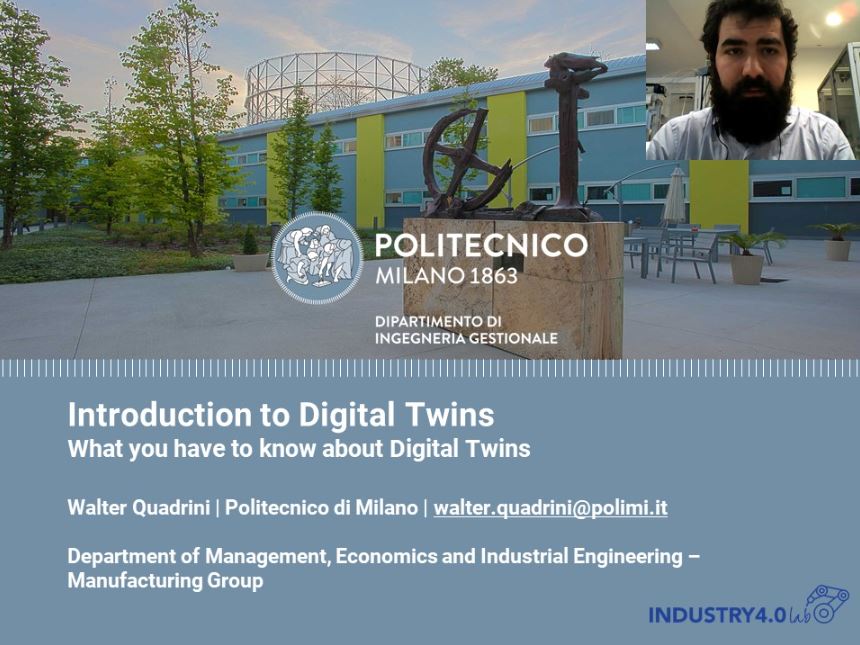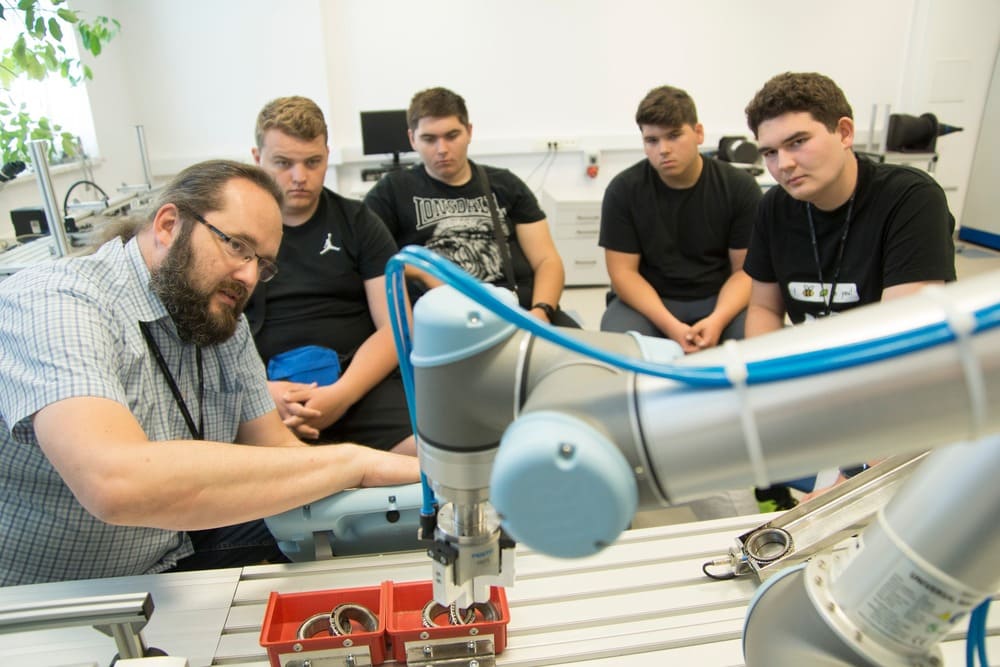Type of course:
Digital learning, Lesson
Language:
EN
Duration:
7 minutes
Workload:
2 hours
Proficiency:
Advanced
Target:
Professionals
Scanning objects and locations is often a necessary step in product and service design processes. The aim is to obtain a 3D representation of the environment or other products for use in your own 3D design software. However, high accuracy scanners are expensive and sometimes require post-processing to obtain a usable 3D representation. Mobile 3D scanning can be used for many use cases where a person uses the power of the device in their pocket to get a good 3D representation of the object. So how do you get a good 3D scan from a smartphone? The first step is to understand the capabilities of a smartphone and the basic concepts of augmented reality. Augmented Reality technologies have improved significantly since the early 2000s. Modern computer vision algorithms and technologies combined with smartphones enable impressive augmented experiences. The basic concepts of AR are 1. Understanding the world around you and 2. Understanding the movements of the device used to perform AR. These are also the essential concepts you need to recognise in order to perform effective mobile 3D scanning.
Learning outcomes
- Describe the function and structure of the Value Proposition Canvas, understanding how it represents the promises and value of a product or service.
- Examine the Customer Profile in the canvas, acknowledging how Customer Jobs, Pains, and Gains influence a product or service.
- Discuss Pain Relievers, Gain Creators, and define specific Products & Services that address customer needs and expectations effectively.
Course Content
Topics
Digital Transformation, Simulation Tools, Augmented Reality (AR)









